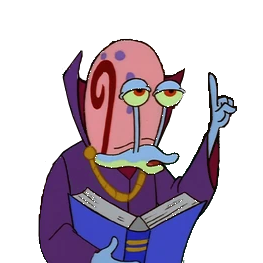
My god those last two paragraphs of chapter 6 were great.

My god those last two paragraphs of chapter 6 were great.

I went to the bookstore on Saturday and bought a physical copy (Penguin edition). Worth every yard!

Nice! It's clearly the method of chapter 1, section 3 to start with a particular and expanding to some totality. Maybe this method will develop further or appear again? I'm kinda looking for what happens in such an expansion. For example, what is the difference between a commodity in form A where two commodities are compared vs in form C/D where all commodities are compared.

Really appreciate your answers throughout this thread, they have been extremely helpful!

Yes! This helps a lot. Especially the last paragraph very succinctly ties together some difficult concepts, like "appearance", "content", and "form".

That's very good. There can be an equivalence relation because both A and B can be considered in the abstract, that is by their exchange value. There is no equivalence in use value since this is different between all commodities for which such a statement would be informative. So when will one of the commodities "figure as mere use value", while the other still "figures as mere exchange value"? If I understand you correctly this is in the practical context of a person having a particular need to fulfil. What is the function/consequence of use value entering the picture in this manner? It seems like in addition to identifying value with abstract labor, both value and abstract labor are being connected to something very different, concrete human practice.

Reading section 3 now. I got confused about the relation between relative and equivalent forms on the one hand, and use value and exchange value on the other. Marx:
The value of A, thus expressed in the use value of B, has taken the form of relative value.
Also Marx:
The opposition or contrast existing internally in each commodity between use value and value, is, therefore, made evident externally by two commodities being placed in such relation to each other, that the commodity whose value it is sought to express, figures directly as a mere use value, while the commodity in which that value is to be expressed, figures directly as mere exchange value.
Am I reading this wrong or is he saying that in the equation x A = y B, B figures directly as mere exchange value, but at the same time the value of A is expressed in the use value of B? This is not clear to me unfortunately. Not the only idea I do not fully understand, but this feels like an important point.
Nice, I'll keep that in mind. For now, I'll think of money as mainly gold coins or something similar which actually would have a labor expenditure corresponding to its value.
Is the value of money also treated later? Seems like money has an exhange value that in some manner should equate to the labor expended to produce it. But this labor quantity appears relatively low, and does not vary much between $1 and $100 notes. Does this constitute an exception (e.g. the value of the banknote is representative), or is the labor involved in making money somehow more complex than just the physical process of manufacture?
Chapter 10 is another banger from Marx. Very depressing but addictive. The depth of the historical analysis surprises me. Mindblowing how fast the transformations 1780-1830 happened. Height and mortality stuff reminded me of this paper